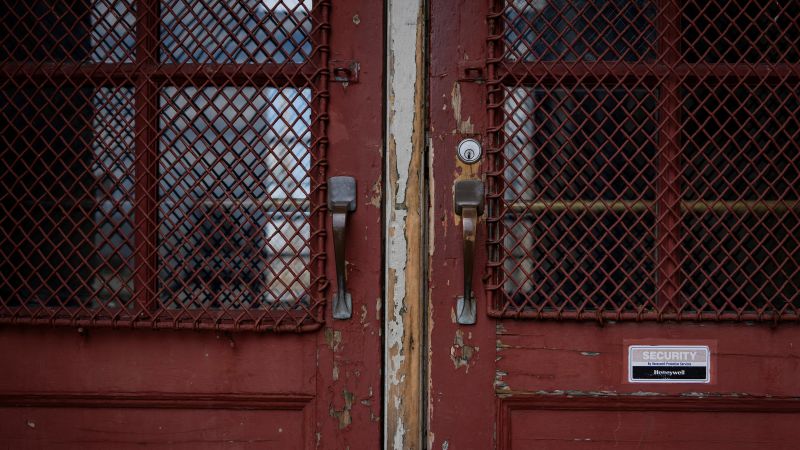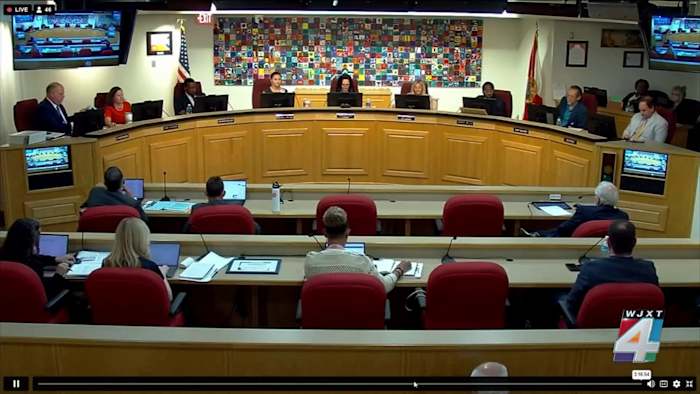Milwaukee Schools Lead Crisis: Repairing Buildings & Rebuilding Community Trust

Milwaukee is grappling with a serious public health crisis: lead contamination. The issue, primarily affecting children, has sparked outrage, frustration, and a desperate plea for action from parents and community members. Recent efforts to address the problem, including blood testing at schools like North Division High, are met with cautious optimism and a deep-seated need for transparency and accountability.
The scene outside North Division High School cafeteria perfectly encapsulates the tension. While workers diligently set up stations to test children for lead exposure, a group of concerned parents and activists rallied, their voices amplified by handmade signs proclaiming, “Milwaukee: Lead Poisoning Capital?” and other poignant messages. Their presence underscores the growing distrust in local authorities and the urgent need for a comprehensive solution.
The Scope of the Problem
Milwaukee has consistently ranked among the cities with the highest rates of childhood lead poisoning in the United States. Lead, a neurotoxin, can cause irreversible developmental and health problems, particularly in young children. Sources of exposure are varied, including deteriorating lead paint in older homes and buildings, contaminated water pipes, and even some imported products. The impact on Milwaukee's underserved communities is disproportionate, exacerbating existing inequalities.
Repairing More Than Just Buildings
The current focus on repairing school buildings is a crucial step, but it's only part of the solution. Years of deferred maintenance and inadequate funding have left many school facilities with lead-based paint and other hazards. The ongoing remediation efforts, while welcomed, are viewed by many as reactive rather than proactive. Parents are demanding a commitment to preventative measures, including regular inspections, lead abatement programs, and robust public health education.
“It’s not just about fixing the schools,” stated Maria Rodriguez, a local activist and mother of two. “It’s about addressing the systemic issues that have allowed this crisis to persist for so long. We need to ensure that every child in Milwaukee has a safe and healthy environment to learn and grow.”
Rebuilding Trust: Transparency and Accountability
Perhaps the most significant challenge facing Milwaukee is rebuilding public trust. Years of broken promises and inadequate responses have left many residents feeling ignored and disenfranchised. To regain that trust, local officials must prioritize transparency, providing regular updates on remediation progress, openly sharing test results, and actively engaging with community members.
Furthermore, accountability is paramount. Those responsible for neglecting the problem, whether through negligence or intentional oversight, must be held accountable for their actions. This includes both public officials and private property owners.
Looking Ahead: A Path to a Lead-Free Future
The road to a lead-free Milwaukee will be long and challenging, but it’s a journey that must be undertaken. It requires a collaborative effort involving government agencies, community organizations, healthcare providers, and, most importantly, the residents of Milwaukee. By prioritizing children's health, embracing transparency, and demanding accountability, Milwaukee can begin to heal and build a brighter, healthier future for all its citizens. The current blood testing initiatives, coupled with calls for systemic change, represent a critical turning point in this ongoing battle against lead poisoning.






